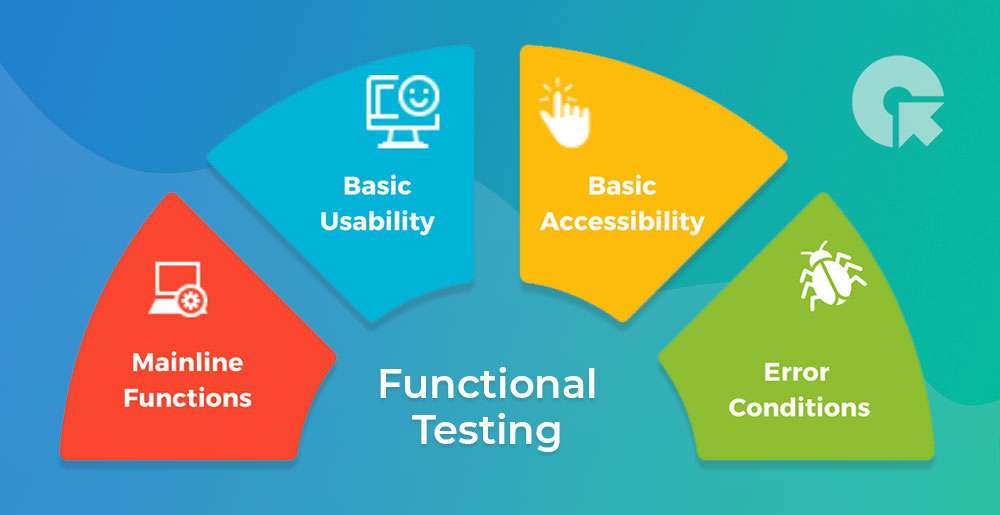Indicators on "The Role of Automated Testing in QA Processes" You Need To Know

Discovering Different Types of Software Testing Techniques
Software application screening is an crucial method in the progression lifecycle of any sort of software program app. It helps identify defects, insects, and errors, ensuring that the software functions as intended. There are various styles of software application screening procedures that are taken advantage of to accomplish comprehensive exam protection and provide high-quality program. In this article, we will certainly discover some of these screening techniques and their value in the progression process.
1. Device Testing:
Device testing is a kind of software program testing where specific systems or elements of a software function are evaluated separately. The function is to verify each system's performance and make certain that it works as anticipated. It entails writing exam cases for individual feature or strategies and implementing them to confirm their authenticity. Unit screening helps identify problems early in the growth method, producing it easier to deal with them.
2. Integration Testing:
Assimilation screening focuses on confirming the interaction between various parts or elements within a system. It guarantees that these parts work together seamlessly and swap data correctly. This style of testing determines problems related to interfaces, data flow, interaction procedures, and compatibility between various components.
3. System Testing:
Body testing includes evaluating the habits of an whole entire device or app as a whole. MuukTest check whether all parts function with each other effectively to comply with the specified demands. Unit tests cover practical as effectively as non-functional components like functionality, security, usability, reliability, etc.
4. Approval Screening:
Acceptance testing is conducted to figure out whether a system satisfies its service criteria and is ready for implementation. It includes validating the system versus user-defined recognition criteria or utilize cases. This kind of testing is often carried out through end-users or stakeholders who make certain that all functionalities are working as expected.
5. Regression Screening:
Regression screening aims at validating whether modifications helped make in one component of the software application possess any type of unforeseen impact on other parts that were previously working accurately (regression). It makes certain that new alterations do not offer brand-new flaws or damage existing functionalities. Regression testing is vital when software application goes through constant updates or improvements.
6. Efficiency Testing:
Efficiency testing examines the cooperation, scalability, and stability of a software application under differing workload problems. It evaluates aspects like reaction time, throughput, source application, and integrity to make sure that the body carries out optimally also under massive load.
7. Protection Testing:

Safety and security testing is done to determine weakness or weaknesses in a system that can be capitalized on by cyberpunks or unapproved customers. It focuses on assessing the function's potential to guard data stability, confidentiality, availability, and authentication mechanisms.
8. Functionality Testing:
Use testing examines how user-friendly a software function is through evaluating its convenience of make use of, learnability, effectiveness, and user fulfillment. It helps pinpoint any type of layout flaws or functionality concerns that may impair the total individual experience.
9. Stress Testing:
Worry testing involves subjecting a device to harsh disorders beyond its normal functional capacity to evaluate its actions under such instances. It helps figure out the system's toughness and durability by imitating high traffic tons or too much information usage cases.
10. Preliminary Testing:
Exploratory screening is an method where specialists actively discover the software program without depending on predefined examination situations. They rely on their instinct and domain name expertise to uncover issues based on their monitorings throughout the screening method.
In verdict, various styles of software screening approaches are employed throughout the progression lifecycle to make certain high-quality software program products. Each technique offers a specific objective and targets different facets of an function's functions and efficiency. Through utilizing these procedures efficiently, developers can easily identify flaws early on and provide trustworthy and durable program apps that fulfill user requirements.
